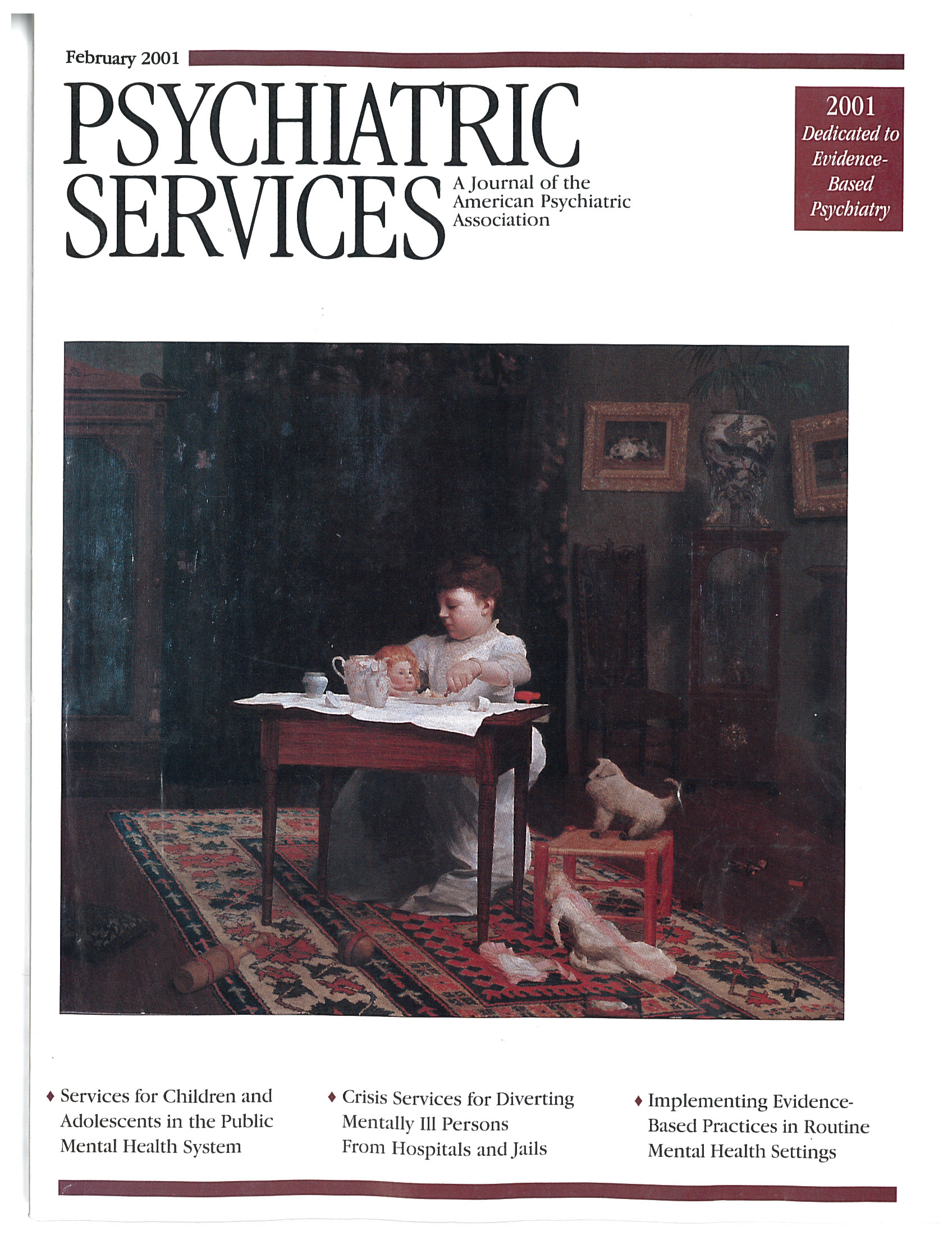Lithium Levels and Toxicity Among Hospitalized Patients
Abstract
OBJECTIVE: Although psychiatrists in the United States have used lithium for nearly 30 years, toxicity still occurs frequently. The authors report an attempt to reduce the incidence of lithium toxicity in hospitalized psychiatric patients and to identify factors associated with toxicity. METHODS: Serum lithium levels were monitored by the drug use evaluation committee at a psychiatric hospital between 1990 and 1996. Each laboratory result showing a serum lithium level of 1.5 mmol/L or more was promptly investigated, and the results were reported quarterly to the hospital staff association. RESULTS: The study found that in 6.8 percent of the 2,210 admissions during which lithium was administered, patients had serum levels of 1.5 mmol/L or higher. The number of excessive serum lithium levels decreased over the course of the study period. Only 27.8 percent of patients with excessive levels had signs and symptoms of toxicity. Of the excessive serum lithium levels that were investigated, 43.3 percent were detected in blood samples drawn at the time of admission. Women and elderly persons were significantly more likely to have excessive serum levels. Psychiatric diagnosis was not significantly associated with excessive serum levels. CONCLUSIONS: Education by the drug use evaluation committee may have helped to reduce the number of patients who experienced excessive lithium levels while hospitalized. Vigilance should be emphasized for women and elderly persons.



